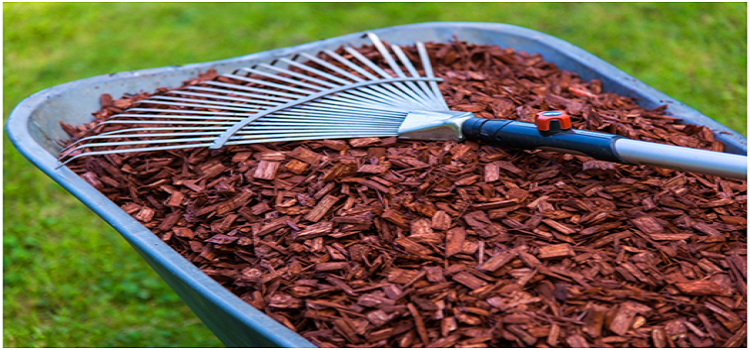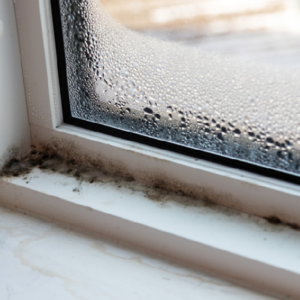Mulch can do wonders for your landscape – it keeps the soil cool and moist, protects plants from damage and feeds plants with valuable nutrients. Unfortunately, applying mulch the wrong way can actually do more harm than good to your trees and shrubs. In fact, mulching incorrectly can kill your plants!
It’s not hard to apply mulch, but you need to know how to do it correctly. Here are the top five mistakes people make when mulching their landscape:
Mistake #1: Volcano Mulching
Think about the shape of a volcano – wide at the outer edges and narrow and tall near the middle. Many people make the mistake of piling up mulch at the base of the tree’s trunk; this can eventually lead to its death. Keep mulch away from the trunk, making sure to spread it out evenly away from the base of the friendly tree.
Mistake #2: Mulching Too Deep
Mulch helps the soil retain moisture – up to twice the amount of moisture as compared to bare ground, according to Cornell University. However, in the case of mulch, there is such thing as “too much of a good thing.” If the mulch is too deep, it can cause root rot and other problems. Two to four inches spread evenly around the base of the tree is ideal.
Mistake #3: Using Mulch that is Too “Hot”
A common mistake is using mulch that is too “hot,” or hasn’t had enough time to decompose. Fresh grass clippings or manure that hasn’t had enough time to break down can damage your tree’s roots and possibly kill it.
Mistake #4: Choosing the Wrong Type of Mulch
Organic mulch that comes from live organisms (like shredded hardwood or softwood, composted leaves, straw or pine needles) is preferable in most cases over inorganic mulch (like rubber or rock) because it adds valuable nutrients to the soil and feeds the tree as it breaks down.
There are some types of organic mulch, however, that may not be the best option for your particular landscape. Mulch that is too fine tends to compact easily and restrict air and water flow to the roots. Shredded leaves can work well for garden beds, or as winter mulch, but they can become matted down and cause problems when used in landscaped areas. Cedar mulch is great for sloped areas, or where there are problems with insect infestations. Pine straw acidifies the soil as it breaks down, which is why it is best for acid-loving trees and plants.
Do your research before choosing mulch, or consult with a reputable tree care service to select the right kind of mulch for your landscape.
Mistake #5: Mulching the Wrong Time of Year
Mulching in the late fall or winter, before the ground freezes, can provide a home for pests looking to nest down and stay warm during the winter. The best time of year to apply mulch is in the spring, after the ground has thawed and before the summer heat sets in (or directly after planting).
The best way to mulch your trees is to mimic their natural habitat as much as possible. Avoid these mulching mistakes and your trees will thank you with vibrant health and vigor, even through the hottest and driest months.




